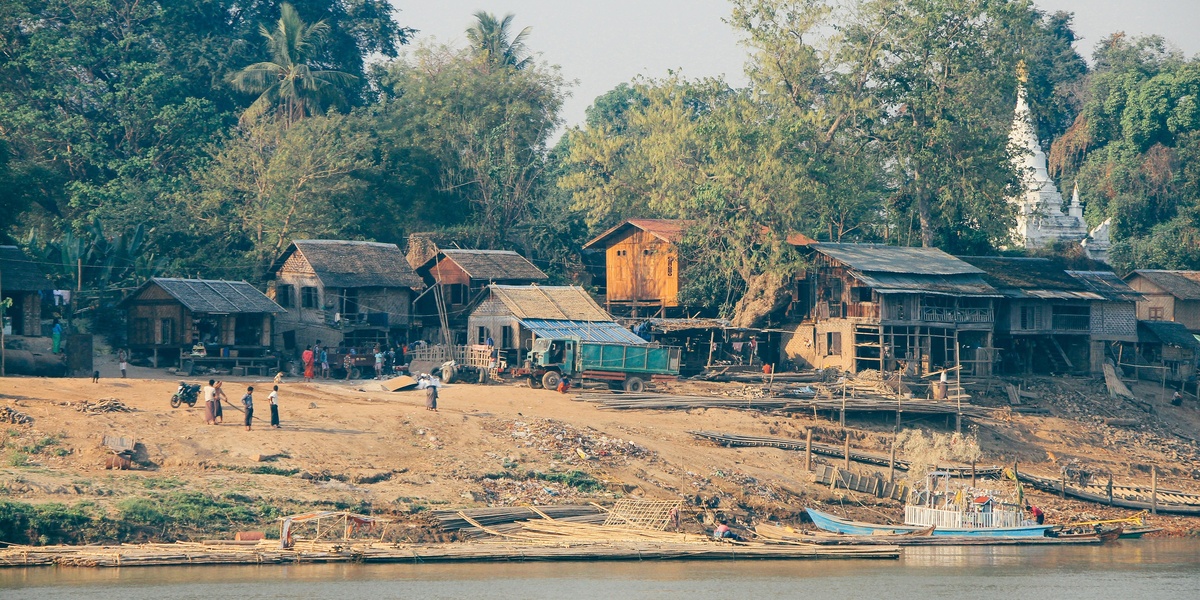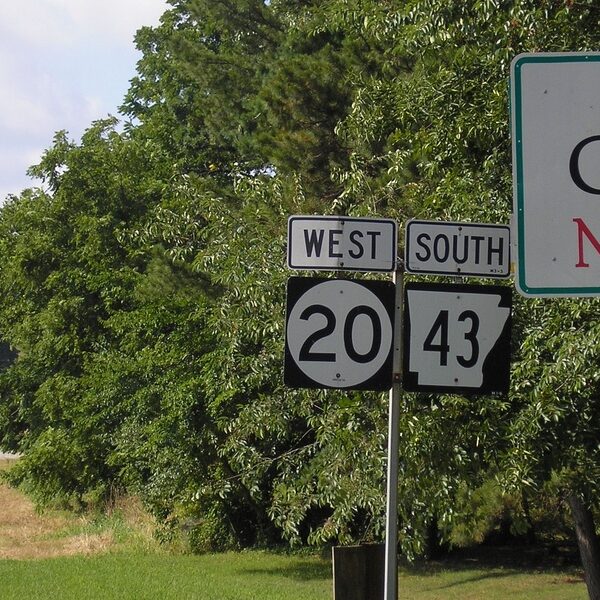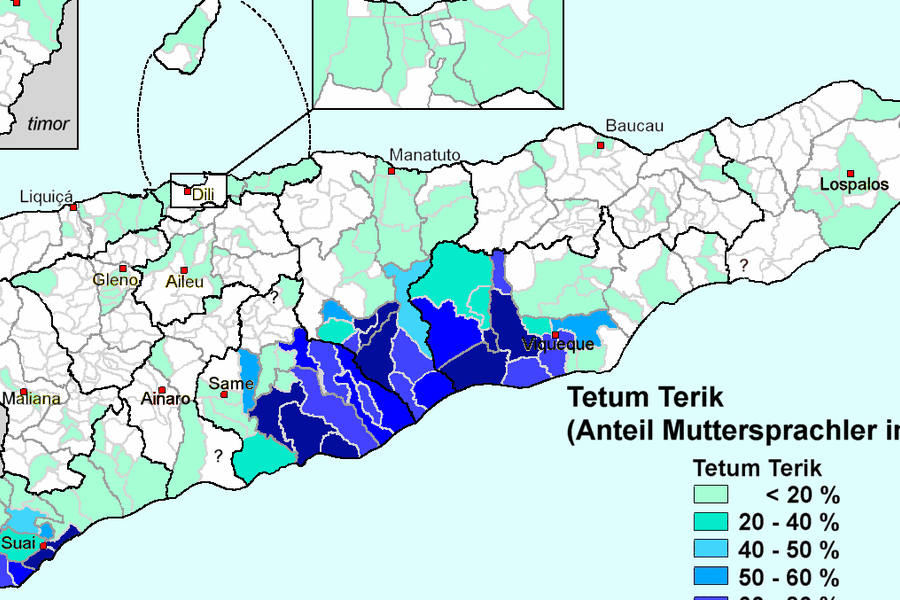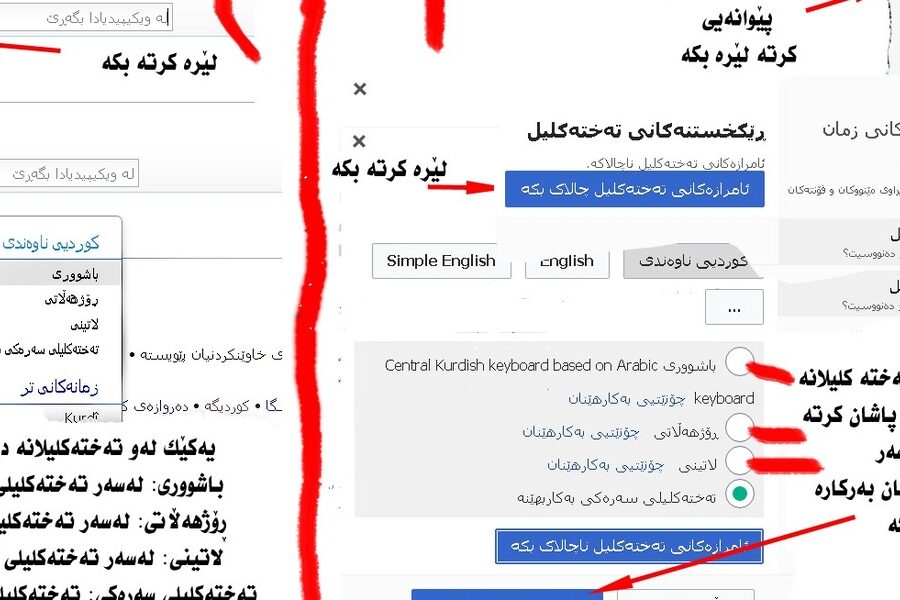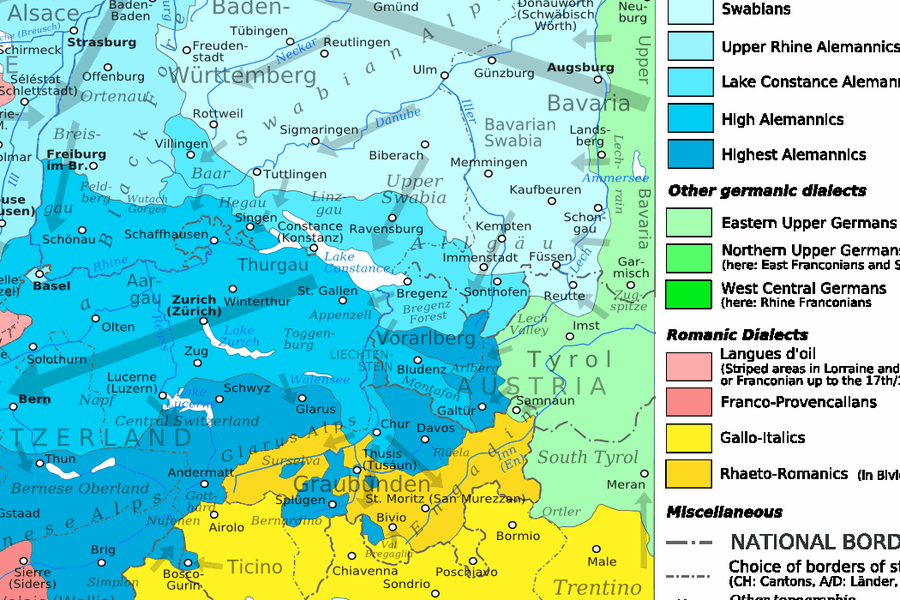Myanmar’s landscape — from river plains to highland plateaus — shapes how people speak as much as who they are. Local speech varieties mark communities, social life, and migration, so a simple place name often tells you about pronunciation, vocabulary, and history.
There are 23 Dialects in Myanmar, ranging from Ayeyarwady (Irrawaddy Delta) to Yaw, and each entry is listed with Parent language,Region,Speakers so you can quickly see relationships, geography, and community size — details you’ll find below.
How different are these dialects from standard Burmese?
Differences show up in sounds, vocabulary, and some grammar: coastal and hill dialects often keep older pronunciations or loanwords, while central lowland speech tends to align with the urban standard. Mutual intelligibility varies—many are close enough for basic conversation, but local terms and pronunciation can require adjustment.
Where can I find recordings or further research on specific dialects?
Look for university fieldwork papers, language archives (digital repositories and local university sites), and community media or YouTube channels from the region; these sources often have recordings, wordlists, and ethnographic notes that match the Parent language,Region,Speakers entries below.
Dialects in Myanmar
| Name | Parent language | Region | Speakers |
|---|---|---|---|
| Yangon (Rangoon) | Standard Burmese | Yangon Region and urban south-central Myanmar | 5,000,000 |
| Mandalay (Upper Burmese) | Standard Burmese | Mandalay Region and Upper Myanmar (Central Dry Zone) | 4,000,000 |
| Bago (Pegu) | Standard Burmese | Bago Region (central southern Myanmar) | 1,500,000 |
| Ayeyarwady (Irrawaddy Delta) | Standard Burmese | Ayeyarwady Region and delta towns | 2,000,000 |
| Rakhine (Arakanese) | Burmese (regional variety) | Rakhine State and coastal western Myanmar | 3,000,000 |
| Tavoyan (Dawei) | Burmese (regional variety) | Dawei (Tavoy) and southern Tanintharyi District | 700,000 |
| Myeik (Mergui) | Burmese (regional variety) | Myeik Archipelago and southern coastal townships | 400,000 |
| Intha | Burmese (regional variety) | Inle Lake, southern Shan State | 100,000 |
| Danu | Burmese (regional variety) | Southern Shan State (Pindaya, Ywangan) | 150,000 |
| Taungyo | Burmese (regional variety) | Southern Shan State foothills around Taunggyi and Hopong | 120,000 |
| Yaw | Burmese (regional variety) | Yaw region, western Magway Division | 200,000 |
| Pakokku | Burmese (regional variety) | Pakokku township and surrounding Magway area | 250,000 |
| Pyay (Prome) | Burmese (regional variety) | Pyay (Prome) and central Ayeyarwady corridor | 300,000 |
| Taunggyi Burmese | Burmese (regional variety) | Taunggyi and southern Shan State urban areas | 200,000 |
| Northern Shan (Shan dialect) | Shan (Tai Shan) | Northern Shan State (Kachin and northern Shan border) | 1,200,000 |
| Southern Shan (Shan dialect) | Shan (Tai Shan) | Southern Shan State (Taunggyi, southern valleys) | 800,000 |
| Eastern Shan (Shan dialect) | Shan (Tai Shan) | Eastern Shan hills and borderlands with China and Laos | 500,000 |
| Bhamo Jinghpaw (Kachin dialect) | Jinghpaw (Kachin) | Bhamo and central Kachin areas along the Irrawaddy | 250,000 |
| Myitkyina Jinghpaw (Kachin dialect) | Jinghpaw (Kachin) | Myitkyina and northern Kachin State | 200,000 |
| Mawlamyine Mon | Mon (regional variety) | Mawlamyine (Moulmein) and Mon State coasts | 350,000 |
| Thaton Mon | Mon (regional variety) | Thaton district and inland Mon State | 200,000 |
| Kalay (Kale) | Burmese (regional variety) | Kalay (Kale) and surrounding Chin Hills fringes, Sagaing Region | 100,000 |
| Mergui Archipelago (coastal variety) | Burmese (regional variety) | Mergui Islands and coastal Tanintharyi waters | 60,000 |
Images and Descriptions
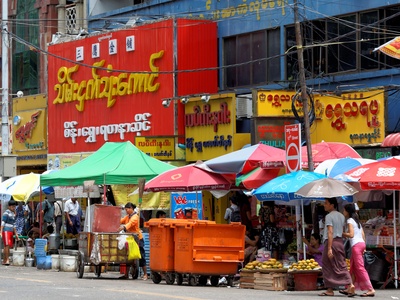
Yangon (Rangoon)
The contemporary urban standard and prestige variety used in media and education. Spoken in Yangon city and surrounding areas, it features softer tones and modern lexical innovations; widely understood nationwide and sets the model for Standard Burmese pronunciation.
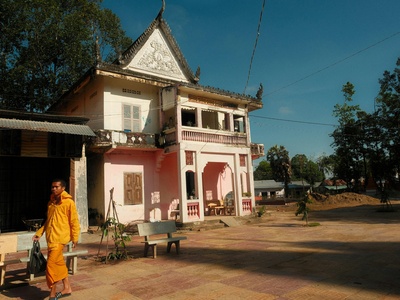
Mandalay (Upper Burmese)
A conservative, “upper” Burmese variety spoken around Mandalay and central plains. It preserves older pronunciations and some tonal distinctions, sounding noticeably different from Yangon speech; influential in northern cultural life and regional identity.
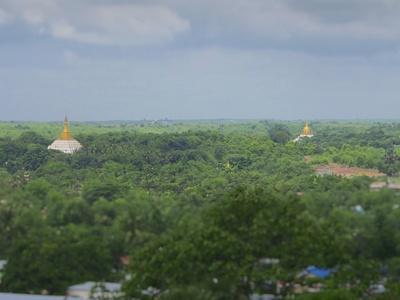
Bago (Pegu)
A Lower-Burmese regional variety around Bago (Pegu) mixing coastal and inland features. It sits between Yangon and Irrawaddy dialects, with rhythmic differences and local vocabulary; commonly mutually intelligible with Standard Burmese.
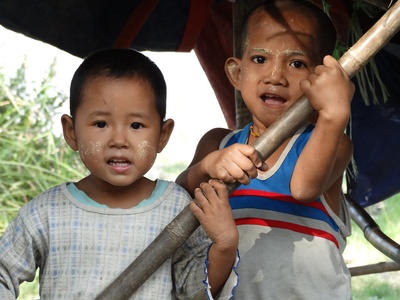
Ayeyarwady (Irrawaddy Delta)
Delta speech used across rice-farming lowlands. Features include vowel shifts, rapid speech tempo, and local terms linked to fishing and agriculture. Generally intelligible with Yangon Burmese but marked by distinct prosody and rural lexicon.

Rakhine (Arakanese)
Often called Arakanese locally, this western Burmese variety has unique phonology, older consonant clusters, and many lexical differences. It is sometimes viewed as a distinct variety but remains largely mutually intelligible with Burmese, with strong regional identity.
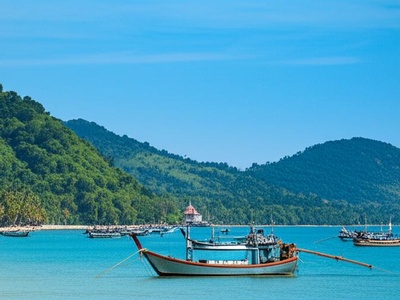
Tavoyan (Dawei)
A southern coastal dialect with Austronesian and Mon contact influences. Tavoyan shows vowel and tone differences from Yangon Burmese, plus maritime vocabulary; important for local identity in the Tanintharyi peninsula.
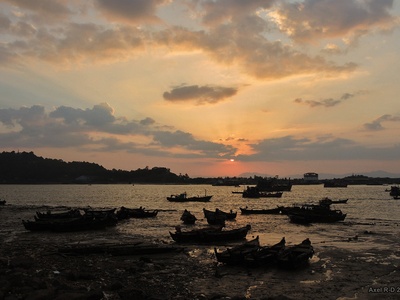
Myeik (Mergui)
Island and coastal speech shaped by maritime trade and ethnic mixing. Myeik dialect contains distinctive pronunciations and vocabulary from sea-faring life, often less intelligible to inland speakers but still categorized as Burmese variety.
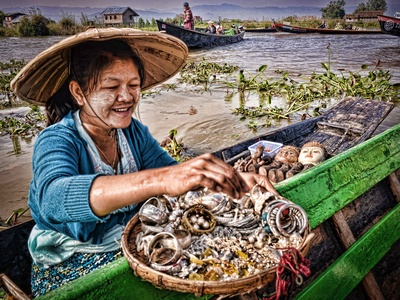
Intha
Spoken by the Intha people around Inle Lake, this variety preserves archaisms and has lexical borrowings from Shan and other hill languages. Notable for distinct intonation and terms related to lake agriculture and boat life.
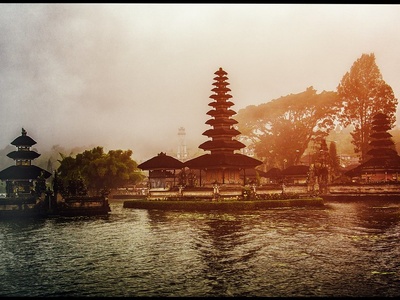
Danu
Danu ethnic group’s speech is a recognized Burmese variety with local vocabulary and slight phonological shifts. It blends Shan-area influences with central Burmese patterns and remains largely intelligible while marking ethnic identity.
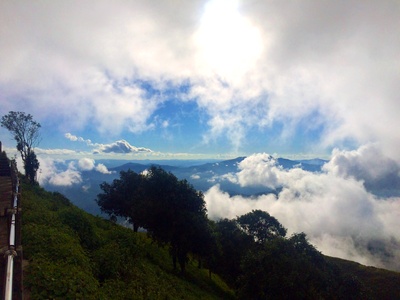
Taungyo
A highland-influenced Burmese variety with tonal and lexical differences reflecting Shan contact. Taungyo speakers use distinctive pronunciations and rural terms; often bilingual in Shan, which shapes its phonology.
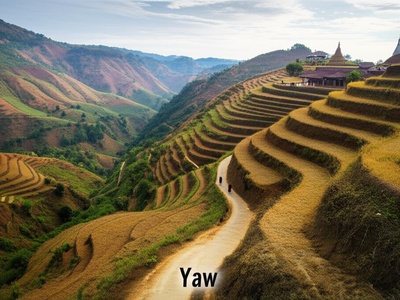
Yaw
A western dialect with conservative phonetics and vocabulary tied to Yaw hills and trade routes. Yaw speech preserves older Burmese forms, shows unique intonation, and is an emblem of regional cultural heritage.

Pakokku
Pakokku dialect blends Upper and Central Burmese features; known for distinct consonant realizations and local lexicon linked to river trade. It sits at an internal dialectal boundary, with noticeable differences for other Burmese speakers.
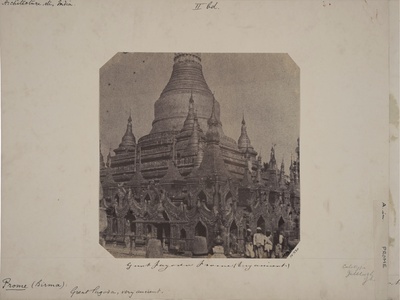
Pyay (Prome)
Pyay speech forms a local Lower-Central variety with its own rhythm and vocabulary. It reflects historical ties to the old Pyu and Pagan centers, preserving some archaic terms and regional pronunciations.
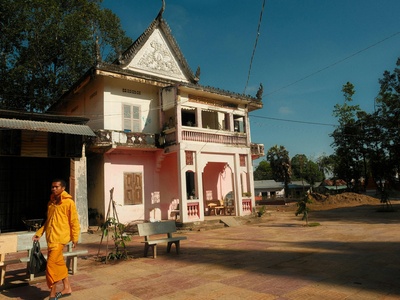
Taunggyi Burmese
Urban Burmese spoken in Taunggyi incorporates Shan loanwords and phonetic traits from Highland languages. It is a lively regional variety used in markets and administration, showing contact-induced changes while remaining mutually intelligible.
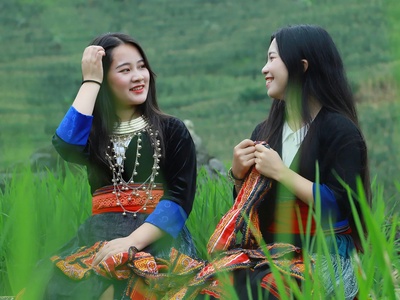
Northern Shan (Shan dialect)
A major Shan dialect group with phonological and lexical features distinct from southern varieties. Northern Shan speakers maintain Tai tonal contours and hill-town vocabulary; widely used across northern Shan State and adjacent Kachin areas.
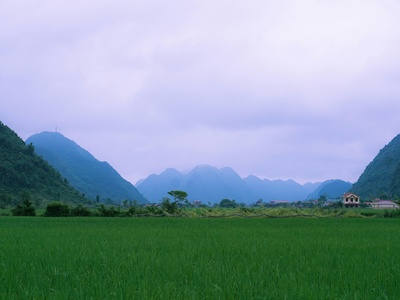
Southern Shan (Shan dialect)
A southern Shan variety with close contact to Burmese and Danu languages. It shows lexical borrowing, divergent tones, and distinctive pronouns, reflecting valley trade links and local cultural practices.
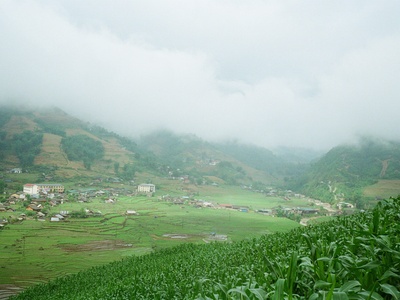
Eastern Shan (Shan dialect)
Eastern Shan varieties contain influences from neighboring Tai languages and Chinese dialects. They have unique tonal patterns and vocabulary adapted to upland livelihoods, sometimes challenging mutual intelligibility with other Shan forms.

Bhamo Jinghpaw (Kachin dialect)
A regional Jinghpaw variety centered on Bhamo town, preserving certain lexical items and tonal patterns. It serves as a local speech form within the broader Jinghpaw continuum and reflects riverine trade influence.

Myitkyina Jinghpaw (Kachin dialect)
The Myitkyina variety shows northern phonetic traits and interactions with neighboring Naga and Lisu languages. Widely used in local administration and markets, it differs slightly from Bhamo speech in tone and vocabulary.
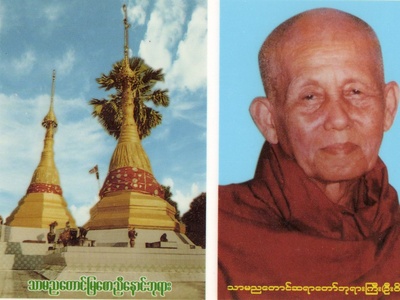
Mawlamyine Mon
A coastal Mon variety shaped by long contact with Burmese and maritime trade. Mawlamyine Mon features both classical Mon elements and Burmese borrowings; culturally prominent in Mon-language literature and performance.
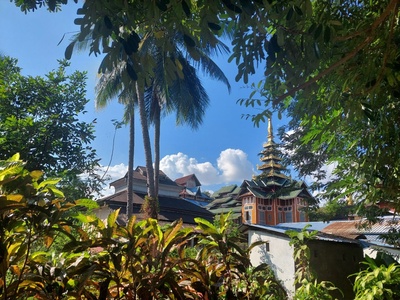
Thaton Mon
An inland Mon variety showing conservative Mon morphology and rural lexicon tied to agriculture. Thaton speech exhibits regional pronunciation differences compared with coastal Mon, maintaining strong local identity and oral traditions.

Kalay (Kale)
Kalay Burmese reflects Chin-Burmese contact and local multilingualism. Its pronunciation and lexicon reveal hill-region influences, producing a distinct urban-rural hybrid used in market towns and interethnic communication.
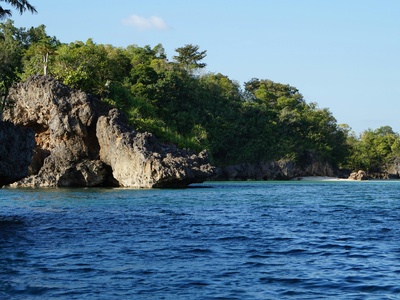
Mergui Archipelago (coastal variety)
A maritime coastal variety used by island communities and sea-faring populations. This speech variety has specialized vocabulary for fishing and navigation, plus phonological traits influenced by long-distance contacts and minority languages.

